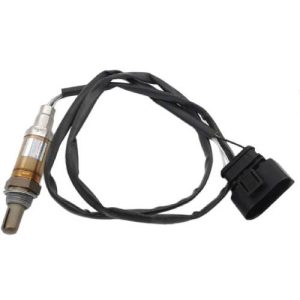Your cart is currently empty!
Can I run without downstream O2 sensor?
If you're driving a modern car, you might find yourself asking this question: Can your vehicle still operate properly without the downstream O2 sensor, also known as the post-oxygen sensor? The downstream O2 sensor is a critical component of the vehicle's emission system. It is located after the catalytic converter and monitors the oxygen concentration in the exhaust gases, helping to adjust the air-fuel ratio. However, if you lose this sensor, can your vehicle still function normally?
Firstly, let's understand the role of the downstream O2 sensor.
The primary function of the downstream O2 sensor is to monitor the oxygen concentration in the exhaust pipe, aiding in the adjustment of the air-fuel ratio. The air-fuel ratio refers to the proportion of fuel to air, and it has a significant impact on the engine's performance and emissions. Both a rich or lean air-fuel mixture can lead to engine inefficiency and increased pollutant emissions.
The downstream O2 sensor assists the engine control unit in adjusting the air-fuel ratio by monitoring the oxygen concentration in the exhaust pipe. If the oxygen concentration is too high, it signifies inadequate fuel usage, resulting in a lean air-fuel ratio. Conversely, if the oxygen concentration is too low, it indicates excessive fuel consumption, leading to a rich air-fuel ratio. Through this mechanism, the engine can maintain the optimal air-fuel ratio, resulting in optimal performance and minimal emissions.
So, what happens if you don't have a downstream O2 sensor?
- The engine may struggle to maintain the optimal air-fuel ratio, resulting in decreased performance and increased emissions.
- Without the downstream O2 sensor, the engine control unit may not detect harmful substances in the emissions, such as carbon monoxide, hydrocarbons, and nitrogen oxides. This can lead to emissions exceeding legal limits.
It's important to note that your vehicle can still operate without a downstream O2 sensor to some extent. However, doing so may cause a decline in engine performance and increased emissions. Therefore, if you want to maintain optimal performance and minimal emissions, it is advisable to regularly inspect and replace the downstream O2 sensor.
In conclusion, the downstream O2 sensor is crucial for maintaining the engine's optimal performance and minimal emissions. While a vehicle can run to a certa






Leave a Reply